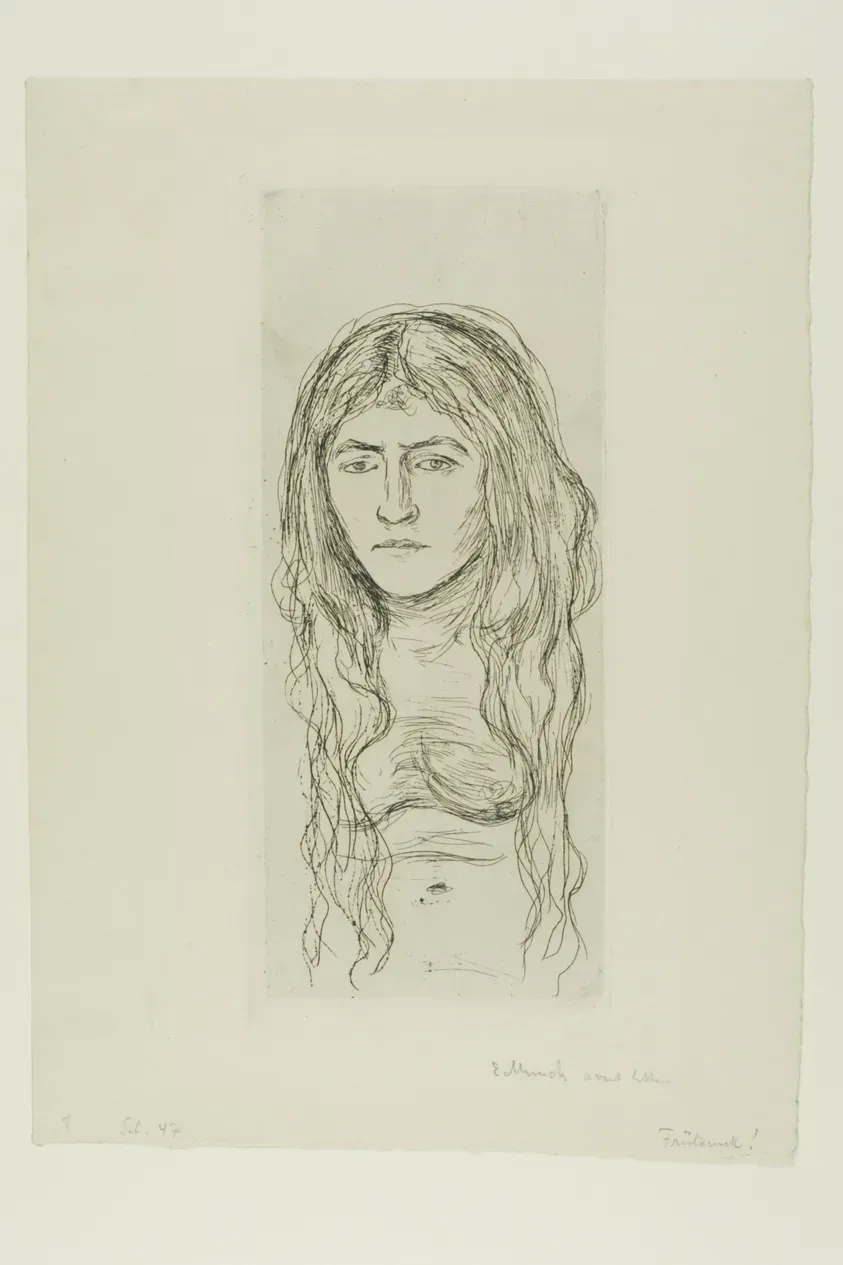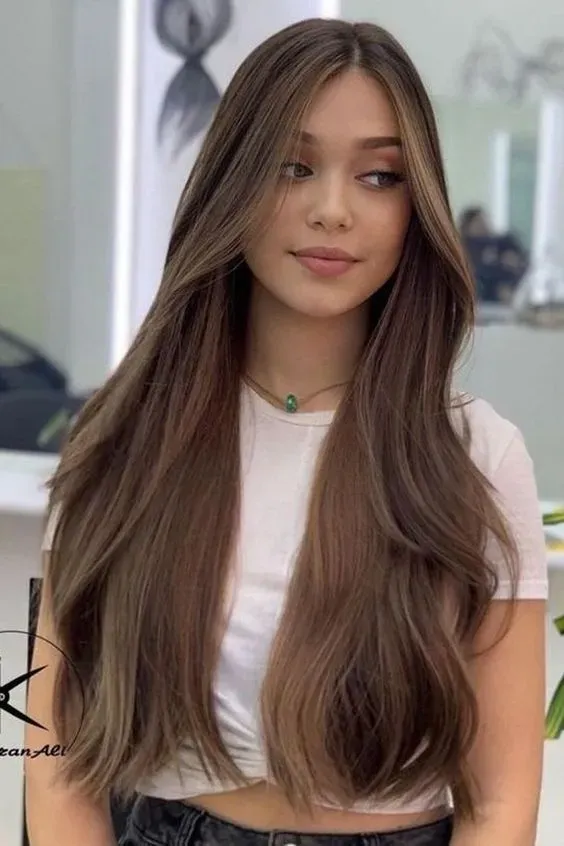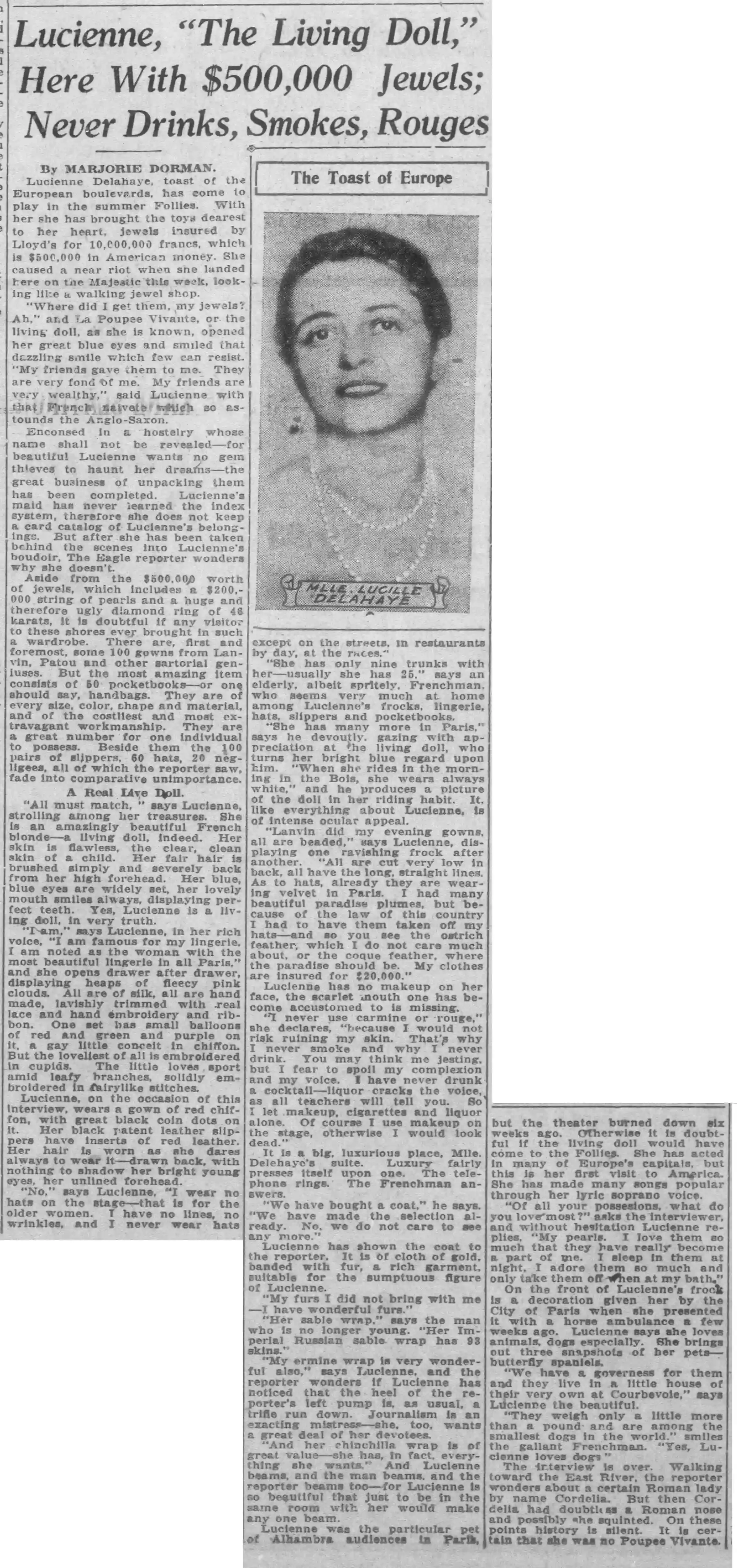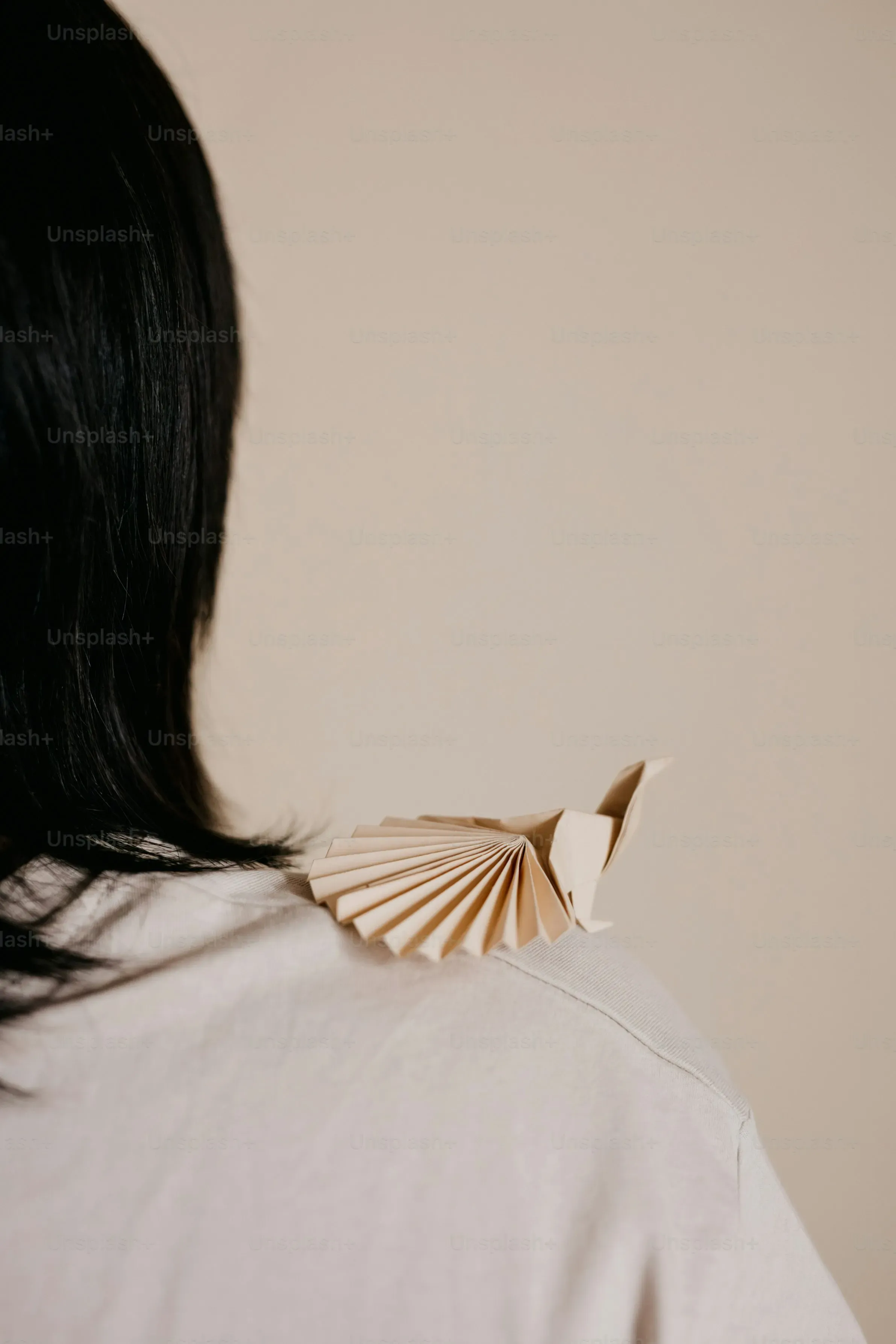Table of Contents
Ever feel like your long straight hair just... hangs there? It’s beautiful, sure, but sometimes it lacks that certain bounce, that effortless volume you see in magazines. It can feel heavy, weighed down, and styling it for anything more than a basic sleek look seems like a Herculean task. You want movement, maybe some soft layers that frame your face without sacrificing your hard-earned length. If that sounds familiar, you're likely wondering if there's a haircut out there that actually delivers on its promises for your specific hair type.
What is the Butterfly Cut and Why It Works for Long Straight Hair

What is the Butterfly Cut and Why It Works for Long Straight Hair
Understanding the Butterfly Cut Technique
Alright, so imagine this: You want the bounce and frame of shorter layers around your face, but you’re absolutely not ready to chop off your length. That’s where the magic of the butterfly cut comes in. It’s not one big, blunt layer; it’s a carefully crafted system of face-framing layers that are shorter and more prominent around the face, blending seamlessly into longer layers towards the back.
Think of it like two sets of layers working together. The shorter layers sit on top and around the face, giving you that face-framing action and volume. The longer layers underneath keep the overall length and weight, so you still have that long hair look from behind. When you style it, especially with some waves or a blow-dry, these layers fan out like butterfly wings – hence the name. It’s all about creating movement and dimension without sacrificing inches off your overall length.
Why It's a Game Changer for Long Straight Hair
Now, why is this specific cut such a winner for long straight hair? Simple. Long straight hair often lacks natural body and can look a bit flat, especially near the roots and around the face. The weight of the length pulls everything down. The butterfly cut directly combats this.
By adding those shorter, strategic layers around the face and on top, you instantly reduce some of that weight and introduce places for the hair to lift and move. It creates the illusion of fullness and volume, making straight hair look more dynamic and less heavy. Plus, those face-framing pieces are fantastic for highlighting your features, which can get lost when all your hair is the same long length.
- Adds significant volume and body.
- Creates beautiful face-framing layers.
- Reduces weight without losing overall length.
- Makes styling for movement much easier.
- Gives the illusion of layers without a drastic change.
Getting the Perfect Butterfly Cut for Long Straight Hair

Getting the Perfect Butterfly Cut for Long Straight Hair
Consulting with Your Stylist
Alright, so you're sold on the idea of a butterfly cut for long straight hair. The next step? Talking to your stylist. Don't just walk in and say, "Give me the butterfly thing." That's a recipe for disaster, or at least a haircut that isn't quite what you pictured. A good stylist is your best friend here. You need to have a conversation about your hair type, how much time you spend styling it, and what kind of volume and movement you’re hoping for. Be honest about your hair habits – if you air dry it 90% of the time, tell them. If you’re a blow-dry wizard, that’s different.
They can assess your hair's density and texture (even straight hair has texture!) and figure out exactly where those layers should fall to best complement your face shape and hair. This isn't a one-size-fits-all situation. The length and angle of the shorter, face-framing layers are crucial for getting that true "butterfly" effect and making sure it looks fantastic on *your* long straight hair, not just some photo you saw online.
What to Ask For and Showing Examples
When you're in the chair, be specific. You want "face-framing layers that are shorter around the face and blend into longer layers," sometimes called "invisible layers" or "internal layers" further back. Emphasize that you want to keep your overall length. The key is the contrast between the shorter face-framing sections and the longer lengths beneath. Bring pictures! Seriously, photos are your best tool. Find examples of a butterfly cut on long straight hair that you love. Show your stylist what you mean by "volume" and "movement." This takes the guesswork out of it for both of you.
Don't be afraid to ask questions. How will these layers look when your hair is straight versus if you add a wave? How much styling will be required? A good stylist will walk you through it. Getting the perfect butterfly cut for long straight hair depends heavily on clear communication and a stylist who understands the technique and how it applies to your specific hair type.
- Bring clear photos of butterfly cuts you like on similar hair types.
- Specify you want face-framing layers that blend into longer lengths.
- State clearly that you want to maintain your overall length.
- Discuss your daily styling routine and how much effort you're willing to put in.
- Ask your stylist how the layers will look styled differently (straight, waved).
Styling and Maintaining Your Butterfly Cut for Long Straight Hair

Styling and Maintaining Your Butterfly Cut for Long Straight Hair
Styling and Maintaining Your New Layers
you've got the cut. Now comes the fun (or sometimes slightly frustrating, let's be real) part: Styling and Maintaining Your Butterfly Cut for Long Straight Hair. Don't expect to just wake up with perfect, voluminous layers every morning, especially with straight hair which tends to lie flat. This cut *helps* a ton, but it's not a magic wand. You'll likely need to put in a little effort to activate those layers and get that desired bounce. Blow drying with a round brush is your best friend here, especially focusing on lifting the roots and curling those face-framing pieces away from your face. Even a quick blast of cool air at the end can help set the volume. Texturizing sprays and lightweight mousses can also become staples in your routine to give those layers some grip and hold.
Quick Styling Tips for Your Butterfly Cut:
- Use a volumizing mousse on damp roots before drying.
- Blow dry those face-framing layers away from your face using a medium round brush.
- Try velcro rollers on the top sections for extra lift while you do your makeup.
- Finish with a lightweight texturizing spray or dry shampoo for grip and volume.
- Consider a large barrel curling iron or rollers for soft waves that enhance the layers.
Common Questions About the Butterfly Cut for Long Straight Hair

Common Questions About the Butterfly Cut for Long Straight Hair
Will a Butterfly Cut Make My Long Straight Hair Look Thin?
This is a common worry, right? You’ve spent ages growing your long straight hair, and the last thing you want is for layers to make it look sparse or wispy. The good news is, the butterfly cut is designed to prevent this. Unlike traditional layering that can sometimes remove too much weight from the ends, the butterfly cut keeps the bulk of your length at the bottom. The shorter pieces are concentrated on the top and around the face. This technique actually creates the *illusion* of more hair and density up top, where straight hair often falls flat. If your hair is naturally very fine, your stylist will adjust the layering to be less aggressive, ensuring you get the volume boost without sacrificing fullness at the ends. It's about strategic placement, not just chopping away.
How Often Do I Need to Get a Trim for a Butterfly Cut?
so you've got this fantastic butterfly cut for your long straight hair, adding all this lovely movement. How often do you have to go back to the salon to keep it looking sharp? Generally, you'll want to get a trim every 8-12 weeks. The face-framing layers are the most critical part of the butterfly cut, and they will grow out faster than the length. Regular trims keep those shorter pieces looking defined and prevent them from blending in too much with the rest of your hair, which would defeat the purpose of the cut. If you let it go too long, the "butterfly" effect gets lost, and you're back to just long hair with some grown-out layers.
Think of it like getting your oil changed – you wouldn't skip it forever, right? A little maintenance keeps everything running smoothly and looking its best.
Signs You Need a Trim:
- Your face-framing layers are falling past your chin when you prefer them shorter.
- The layers feel heavy or are losing their lift.
- Split ends are starting to appear, especially on the shorter pieces.
- The overall shape of the butterfly cut is starting to look less defined.
Can I Still Tie Up My Long Straight Hair with a Butterfly Cut?
Absolutely! That’s one of the beauties of the butterfly cut, especially for long straight hair. Because the majority of the length is preserved, you can still easily pull your hair back into a ponytail, bun, or braid. The shorter face-framing layers might fall out, creating a soft, effortless look around your face, which many people actually prefer. If you want a super sleek, pulled-back style, you might need a few extra pins or a bit of gel to secure the shorter pieces, but it’s definitely doable. This cut gives you the versatility to wear your hair down with volume or up in various styles, making it a really practical choice for everyday wear.
The Butterfly Effect on Long Straight Hair
So, there you have it. The butterfly cut isn't some mystical transformation, but a smart, targeted layering technique. For long straight hair, which often fights against gravity and volume, these strategically placed layers create lift and movement where it matters most – around your face and at the crown. It’s a way to get the benefits of shorter layers without actually sacrificing your length in the back. It requires a skilled hand to execute properly, ensuring the layers blend seamlessly rather than looking like choppy steps. Done right, it gives your hair a chance to breathe, adds visual interest, and makes styling significantly less of a battle against flatness.